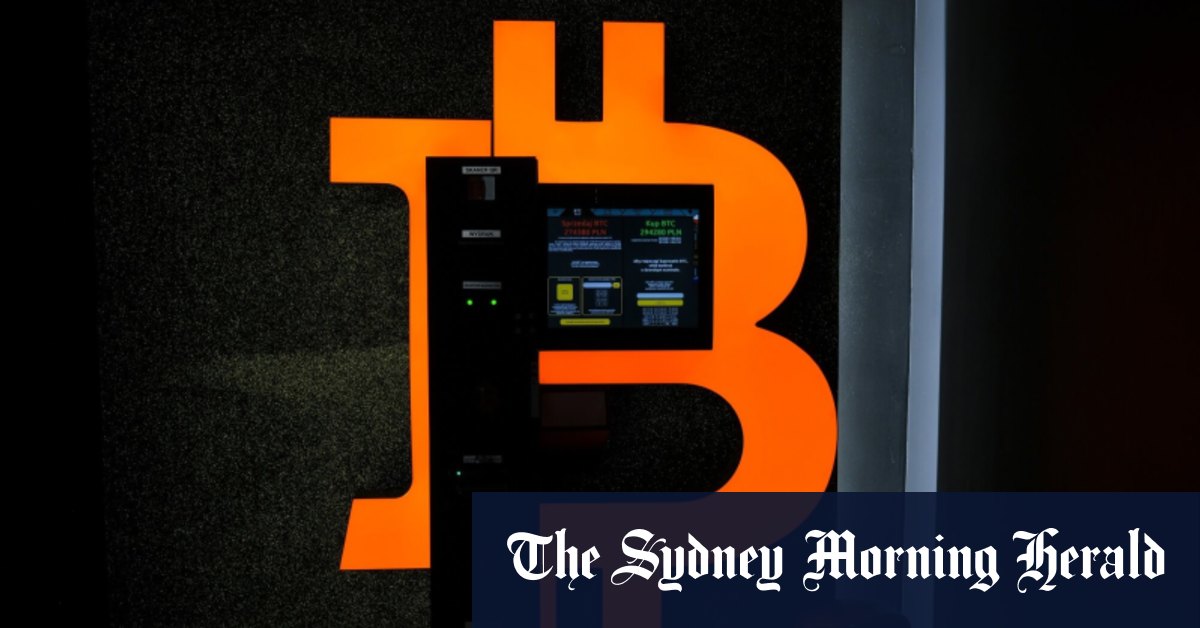April 23, 2024 — 12.01pm
On April 23, 2024, the recent “halving” of bitcoin resulted in a moderate increase in its price while triggering a significant spike in bitcoin transaction costs, posing a substantial threat to the cryptocurrency’s operational sustainability.
Last week, the rewards for bitcoin “miners” who validate transactions on the blockchain were halved from 6.25 bitcoins to 3.125, reducing the daily available bitcoins for miners from 900 to 450.
The halving event, occurring every four years, is a fundamental aspect of bitcoin’s design introduced by its creator, Satoshi Nakamoto, to gradually limit the supply of new bitcoins and incentivize miners to engage in the network.
With a predetermined cap of 21 million bitcoins to be reached by 2140, the current circulation stands at approximately 19.6 million bitcoins.
The recent surge in demand for bitcoins, partly fueled by the US Securities and Exchange Commission’s decision to permit bitcoin ETFs, has injected around $10 billion into the market, amplifying the impact of the supply reduction.
Despite the halving event being anticipated and factored into the price beforehand, the scarcity of bitcoins should logically drive up prices, reflecting the diminishing supply.
Bitcoin’s value is primarily speculative, lacking intrinsic worth as a payment system or medium of exchange. The cryptocurrency’s resurgence this year followed a turbulent period in 2022, marked by scandals and legal issues involving prominent figures in the industry.
The influx of funds from new ETFs, notably including offerings from Black Rock, has attracted both retail and institutional investors into the bitcoin market, intensifying the demand-supply dynamics.
Miners, who play a crucial role in verifying transactions and upholding the network’s security, face a substantial revenue reduction post-halving, potentially leading to increased transaction fees as their primary income source.
The escalating energy costs associated with mining, coupled with emerging competition from artificial intelligence, pose additional challenges to miners, prompting some to shift focus towards AI activities.
The sustainability of bitcoin’s network hinges on the miners’ continued participation, with transaction fees likely becoming the predominant revenue stream in the future.
As energy costs rise and competition stiffens, the viability of mining operations may be jeopardized, raising concerns about the network’s ability to sustain transaction verification without sufficient miner participation.
To mitigate revenue losses, miners may need to enforce mandatory transaction fees, potentially altering the current fee structure to ensure the network’s economic viability.
The evolving landscape of transaction costs and revenue challenges underscores the critical juncture facing the bitcoin ecosystem, where adaptability and efficiency will be crucial for its long-term survival.

